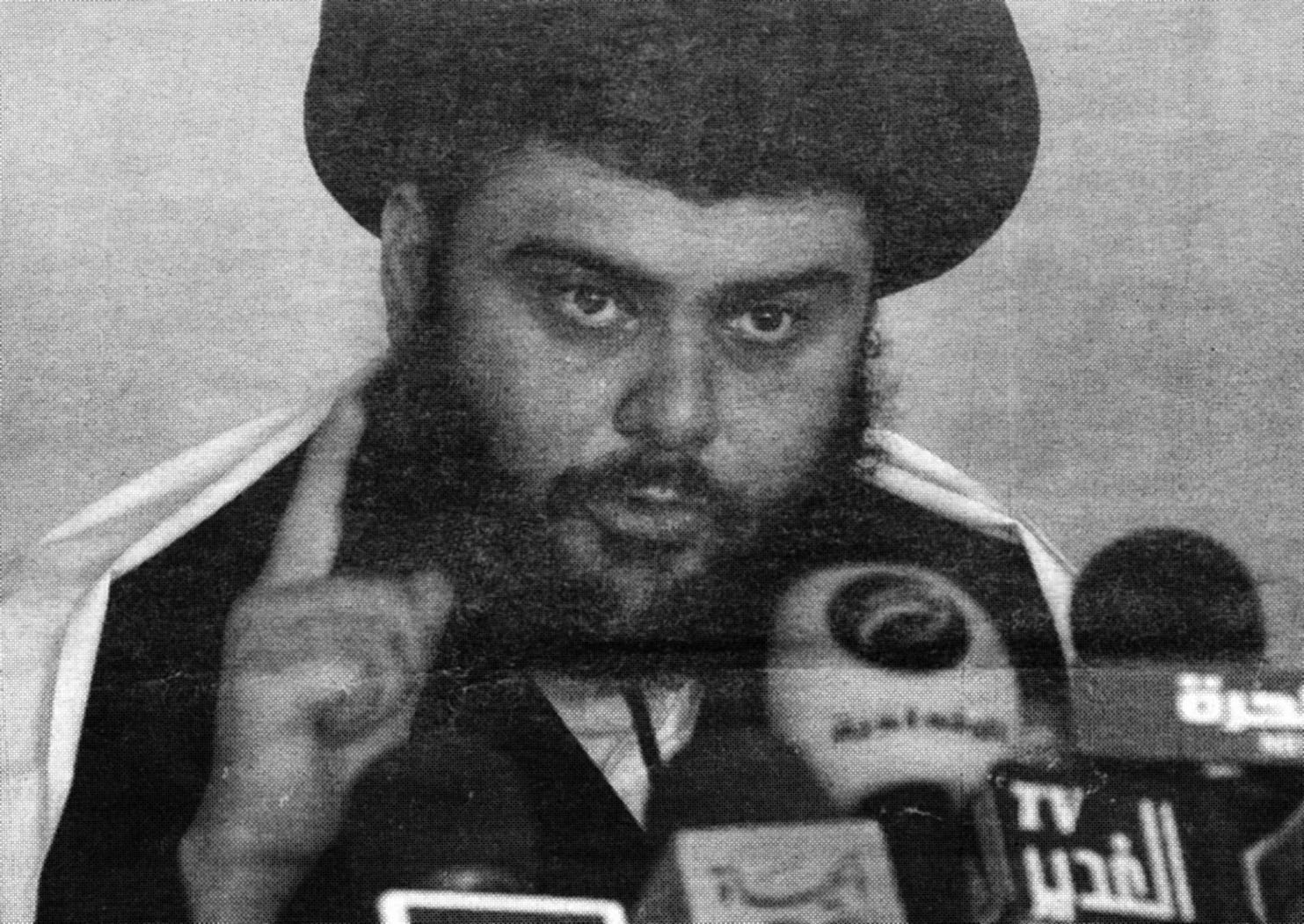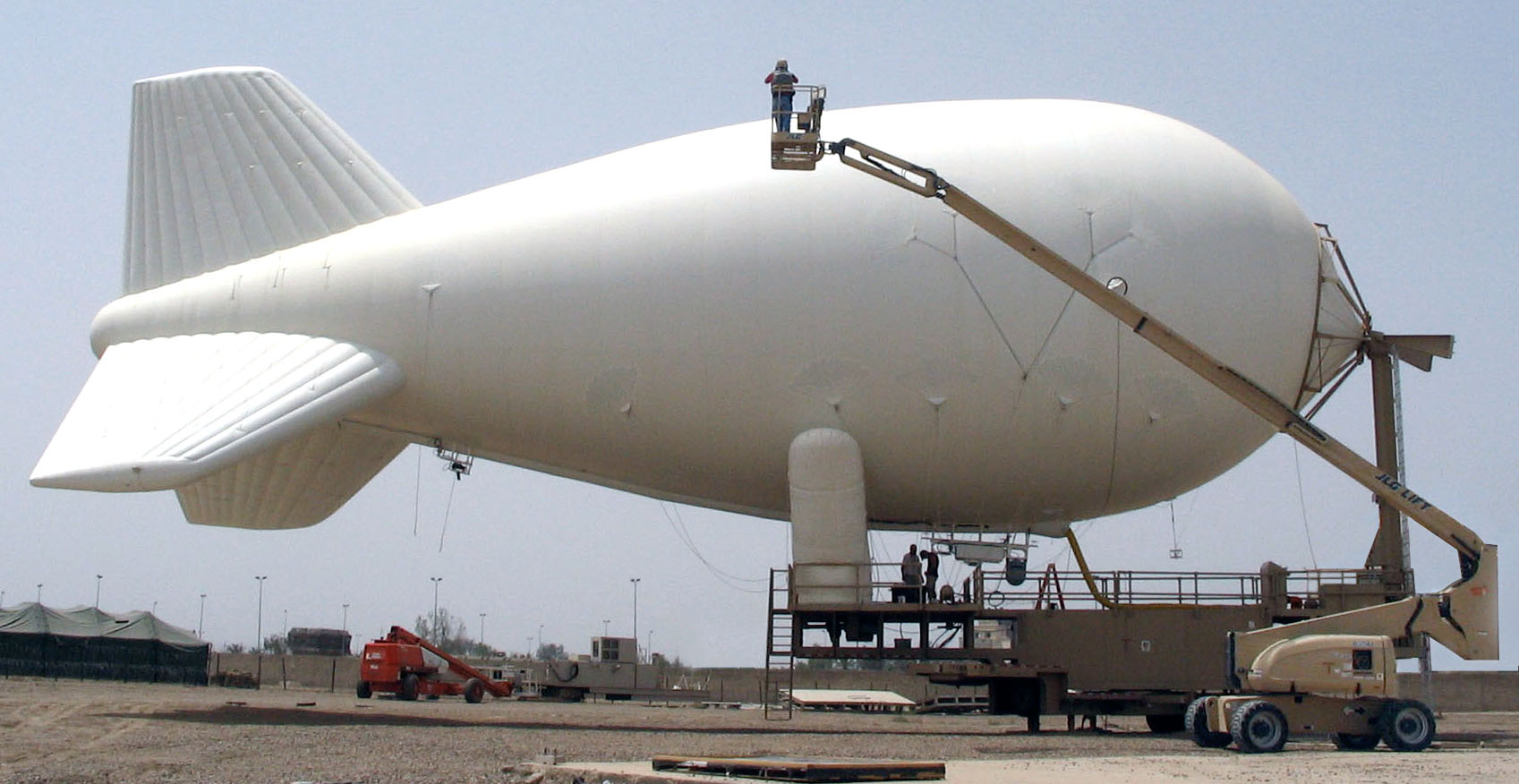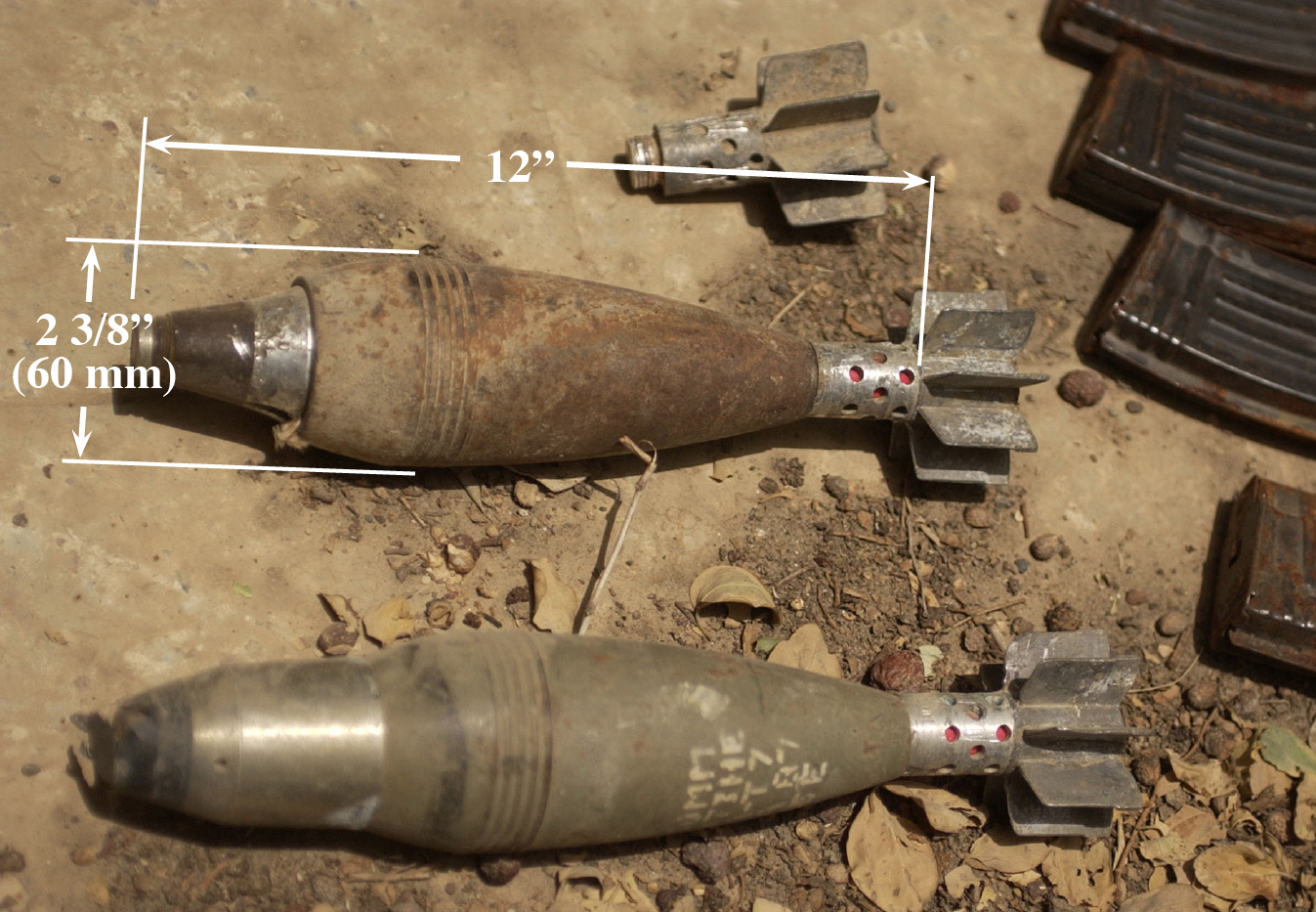Balloon Wars Chapters 17 33 40"Balloon Wars: An ISR Operator's Account Of The Wars In Iraq & Afghanistan"
MUQTADA AL-SADR - Origin of the Mahdi Army. Muqtada’s family and lineage. Twelvers. Arab prejudice. URGE TO JUMP - Synopsis of the operational restrictions. How leaks are found and the time Ron Laniere and I are fired on during a leak inspection. WE WATCH MORTARS LAUNCHED AT US - We catch the mortar team firing on us and see them killed.
Book Chapter and photos © Robert A. Crimmins, Felton, Delaware, USA
(photos on this page are by others)Chapter 17 is about a very important figure in the Iraq War, Shi'a cleric Muqtada al-Sadr. Chapter 33 details what happened to Ron Laniere and me while we were looking for and repairing holes in the balloon. Shortly after we forgot about the danger that night while in the aerial lift, fifty feet above the wall and without cover, the enemy started shooting at us. And Chapter 40 describes what it was like to watch the mortar team launch the rounds that were falling around us and then seeing them killed.
the VBC
When administration dignitaries such as Joe Biden or President Bush came to Iraq they would typically fly into the Sather Air Base, and take an SUV or armored vehicle to the Al Faw palace where a few hundred soldiers would listen and applaud. Al Faw was one of five palaces on the Victory Base Complex. The others were the Radwaniyah Palace, the Victory over Iraq Palace, The Victory over America Palace and the Perfume Palace, which wasn’t what Saddam called it. The Army camps that the politicians usually wouldn’t call on were the Victory Fuel Point, Camps Slayer, Striker, Cropper (which housed the prison), Liberty, Dublin, Logistics Base Seitz, Camp Brooklyn and Camp Victory. Baghdad International Airport was inside the VBC too. It was a big place. The perimeter was about thirty miles. Driving across it, as I did many times, took quite awhile and it wasn’t what I’d call, “scenic”.Links
Balloon Wars Home Page
OTHER SELECTED CHAPTERS
Chapters 1 & 2
Chapter 12
Chapter 78
Chapter 79
Chapter 82
Chapters 86, 87 & 116
© Robert A. Crimmins
This program is about my job in the war zones and how the events of September 11, 2001 affected my family . It isn't the television version of the memoir. The resources to produce that are beyond me, but the video and stills in this more modest production compliment the book.
BACKGROUND
Koranic Mythology Behind Al-Sadr's Mahdi Army NPR's Mike Shuster reports on the mythology behind the Mahdi army, the militia supporting Iraqi insurgent leader Moqtada al-Sadr. The group has invoked the mahdi, an important Koranic symbol, to lend religious significance to their fight. (aired August 24, 2004)
Asia Times Online article on the motivation behind Muqtada al-Sadr's call for a cease fire in the summer of 2007.
Blast radii of munitions used against Iraqi and coalition forces.
© Robert A. Crimmins
Getting Used To the Racket, Rockets Stars and Stripes article in the September 6, 2007 edition about the frequent indirect fire attacks on FOB Loyalty.
CONTACT ROB CRIMMINS



